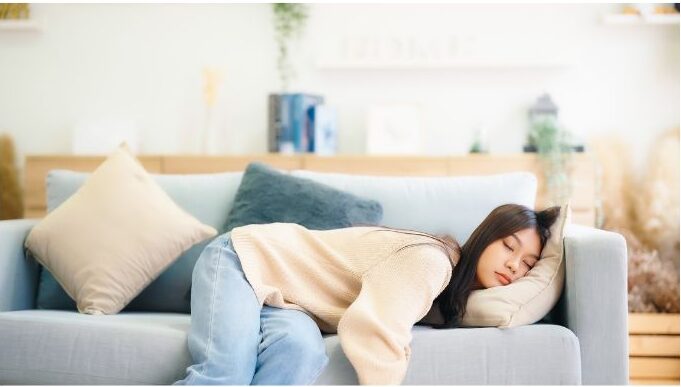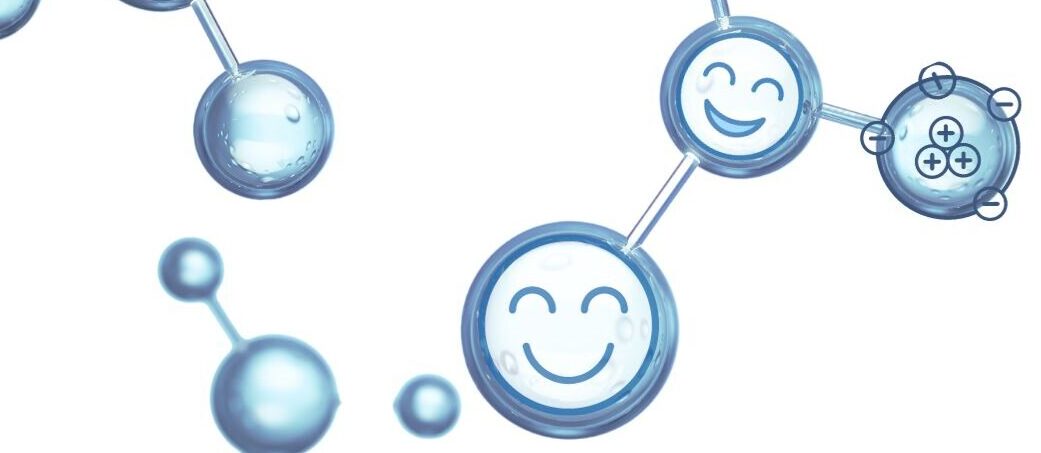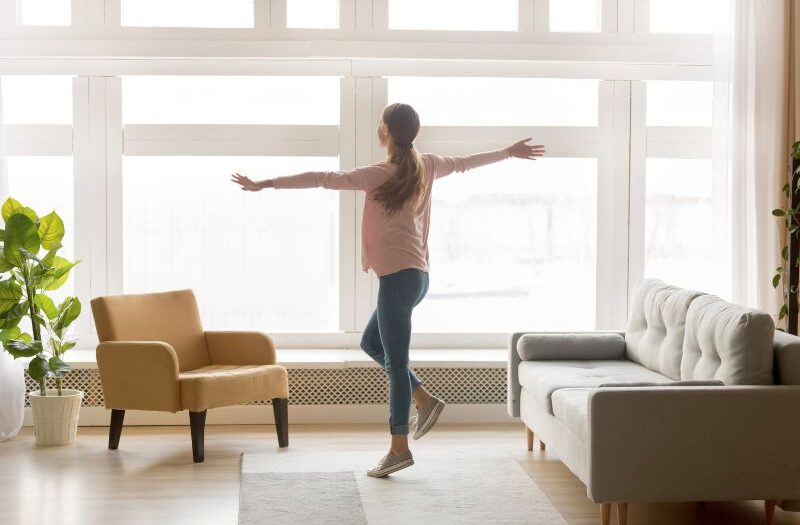Revitalizing spaces goes beyond aesthetics—it’s about understanding and optimizing the flow of energy within a space.
Negative energy and stagnant vibes can build up over time, especially after stressful moments, feelings of depression or overwhelm, or even following tense interactions, such as arguments or uncomfortable situations.
Stagnant energy in a space refers to the buildup of negative or heavy vibes, which can stem from various factors such as unresolved emotions or even the presence of negative influences.
Why is it important to remove Stagnant Energy

When this stagnant energy lingers, it can begin to affect those who spend time in the space. Cleansing and releasing this energy is essential to restoring a positive, balanced atmosphere.
Think of stagnant energy like stale air in a closed room—stifling, still, and devoid of fresh inspiration. In such a space, the lack of movement or flow creates a sense of heaviness, leaving the environment feeling stuck or stagnant.
To restore balance and harmony, it’s important to cleanse the air and clear any lingering energy. One powerful way to do this is by harnessing negative ions, which can help refresh the space and enhance the overall energy flow.
The Power of Negative Ions, The Happy Air Particles!

Understanding The Ion Effect
Air isn’t just empty space; it’s a vibrant dance of molecules that are constantly moving and interacting. Some of these molecules gain or lose electrons, becoming electrically charged particles called ions. These ions, which can be either positive or negative, naturally exist in the atmosphere and play a key role in air quality.
In nature, negative ions are created through processes such as wind, flowing water (like waterfalls, ocean waves, or waves meeting the shore), and electric discharges like lightning.
Think of breathing in the fresh air near waterfalls, hiking in the mountains, or walking through forests—places that radiate energy. Natural, healthy environments are rich in negative ions, the “happy air particles” linked to vitality and rejuvenation.
These ions help neutralize pollutants like dust, pollen, and other airborne particles by attaching to them, making them heavier and causing them to fall to the ground. This process helps improve air quality, which is why places like beaches, forests, and waterfalls feel so refreshing.
On the other hand, positive ions, often produced by pollution or artificial sources like electronics, can have a negative impact, contributing to poor air quality and potentially affecting our mood or well-being.
Understanding the balance of these ions in the air can help us better appreciate how our environment impacts our health.
You can find negative ions in various outdoor locations
- Near bodies of water: Waterfalls, rivers, oceans, beaches, and even fountains are great sources of negative ions. Crashing waves and turbulent water release negative ions into the atmosphere.
- Forests: Especially pine forests, are rich in negative ions. The tips of pine needles on evergreen trees are excellent generators.
- Mountains: Mountain areas have high concentrations of negative ions.
- Parks: Parks offer higher concentrations of negative ions.
- After rainfall: Go outside after heavy rain and storms to experience higher levels of negative ions.
- At sunrise and sunset: These times of day are optimal for negative ion levels.
- In dirt, earth, and sand: Direct contact with the earth, such as walking barefoot, can help your body absorb negative ions.
- In moving air and wind: These conditions promote the generation of negative ions.
- On sunny days: Sunny days generate more negative ions compared to cloudy days.

How Ion Imbalance Affects Our Health and Environment
As mentioned, when ions interact with particles and pollutants in the atmosphere, they transform negative ions into positively charged ions. In this case, becoming positively charged is not necessarily a good thing in this case!
Natural negative ion molecules, on the other hand, purify the air, reduce harmful pollutants, and create a healthier, cleaner environment. They bind to harmful particles like dust, pollen, pet dander, and allergens, making them heavier and causing them to fall to the ground. This process helps to purify indoor air and reduce potential allergens.
Our modern world, however, is often saturated with positively charged ions, a consequence of pollution and artificial environments. This imbalance disrupts natural harmony and can negatively impact our well-being.
How Breathing Negative Ions Affect Us
Breathing negative ions can have several positive effects on our mood and health:
- Improved mood: Exposure to high-density negative ions may lead to positive mood shifts and reduced depressive symptoms, potentially by increasing serotonin production.
- Enhanced energy and alertness: Negative ions can increase oxygen flow to the brain, resulting in higher alertness, decreased drowsiness, and more mental energy.
- Reduced stress and anxiety: Some studies suggest that exposure to negative ions can help people feel more relaxed and less irritable.
- Better sleep: Negative ions may help regulate sleep patterns, potentially improving overall sleep quality.
- Improved respiratory function: Negative ions can enhance respiratory function by promoting energy metabolism and activating anti-inflammatory and antioxidant pathways.
- Enhanced recovery: Some research indicates that negative ions may help alleviate fatigue caused by muscle overload, potentially aiding in recovery after physical exertion.
- Air purification: Negative ions can help reduce indoor air pollution by neutralizing harmful particles, potentially benefiting overall health.
- Improved mood: Exposure to high-density negative ions may lead to positive mood shifts and reduced depressive symptoms, potentially by increasing serotonin production.
Overall, it promotes our sense of well-being, giving us energy, vitality, and renewed energy.
How Negative Ions Enhance Our Spaces
Negative ions, often referred to as “air vitamins,” contribute significantly to the quality of indoor air. These tiny, negatively charged particles can significantly impact our mood, energy levels, and cognitive function.
Benefits of Negative Ions in Indoor Environments:
- Improved Air Quality: Negative ions can help neutralize pollutants and allergens, leading to cleaner and healthier air.
- Enhanced Mood and Cognitive Function: They can boost mood, reduce stress, and improve concentration and focus.
- Reduced Respiratory Issues: Negative ions can alleviate respiratory problems, such as allergies and asthma.
- Improved Air Quality: Negative ions can help neutralize pollutants and allergens, leading to cleaner and healthier air.
Where Negative Ions Can Benefit Us:
- Homes and Offices: By improving air quality and reducing stress, negative ions can create a more comfortable and productive environment.
- Healthcare Facilities: In hospitals and clinics, negative ions can help patients recover faster and reduce the risk of infection.
- Educational Institutions: By enhancing focus and concentration, negative ions can improve learning outcomes for students.
- Wellness Centers and Spas: Negative ions contribute to a relaxing and rejuvenating atmosphere.
- Homes and Offices: By improving air quality and reducing stress, negative ions can create a more comfortable and productive environment.
Using negative ions to re-connect with nature
While modern technology provides convenience and comfort in our indoor spaces, it often comes at the cost of losing touch with nature’s balancing power — a connection essential for our well-being.
Bringing negative ions back into our lives isn’t just about cleaner air; it’s about reconnecting with a natural force that nourishes us.
Whether it’s spending time in nature-rich environments or using air purifiers that generate negative ions, finding ways to restore this balance can help us feel our best and create spaces that truly rejuvenate the mind and body.
7 easy ways to harness the power of negative ions indoors
1. Salt Lamps
Salt lamps are popular decorative pieces that emit negative ions when heated by the light bulb inside. Their warm glow and ionizing properties make them ideal for creating a soothing and revitalizing ambiance.
2. Water Features
Indoor water features, such as tabletop fountains or wall-mounted cascades, not only add visual appeal but also release negative ions through the movement and evaporation of water. These features can create a calming and refreshing environment.
3. Essential Oil Sprays
The spraying of water generates negative ions as well. Combine distilled water with witch hazel or vodka to achieve this. Add 15-20 drops of essential oils with purifying or invigorating properties, such as lavender, tea tree, eucalyptus, peppermint, or citrus oils. Spray the mixture in the air or on linens to enhance the atmosphere with a pleasant aroma.
Essential oils are hydrophobic, which means they don’t mix well with water, so using an emulsifier such as witch hazel, vodka or a natural solubilizer can help disperse them evenly.
4. Indoor Plants
Certain plants, like peace lilies and snake plants, can help increase negative ions indoors. Ferns are particularly beneficial as they generate negative ions, which contribute to healthy indoor air.
5. Natural Sources: Spending time outdoors, especially near bodies of water or forests, can expose you to higher levels of negative ions.
6. Air Purifiers
Many modern air purifiers are equipped with negative ion generators. These devices actively release negative ions into the air, helping to eliminate airborne pollutants and improve air quality.
A Note on Negative Ion Generators
Negative ion generators, often marketed as air purifiers, release negatively charged ions to neutralize airborne pollutants. While they can improve air quality, there are important considerations:
- Effectiveness – While they may help remove some airborne particles, they do not eliminate pollutants entirely.
- Ozone Production – Some models produce ozone as a byproduct, which can be harmful, especially for those with respiratory conditions.
- Particle Deposition – Instead of completely removing contaminants, ionizers cause them to settle on surfaces, requiring frequent cleaning.
- Surface Damage – In humid environments, ionized particles can interact with moisture, potentially leading to discoloration or damage on certain materials.
To minimize risks, place ionizers in well-ventilated areas and avoid directing airflow at walls, furniture, or delicate surfaces. Regular cleaning of both the device and surrounding areas can help prevent buildup.
If choosing an air purifier, opt for models with HEPA and activated carbon filters, which effectively trap airborne pollutants without generating ozone. Look for independent certifications, such as AHAM (Association of Home Appliance Manufacturers), to ensure safety and efficiency.
Disclaimer: This information is for general guidance and does not replace professional or medical advice.
Point Of Alignment
By using the above methods to remove stagnant energy and harness the power of negative ions, you can greatly improve the energy and atmosphere of a room. Opening windows, incorporating sage and palo santo, making essential oil sprays, and using negative ion generators can create a vibrant, revitalizing environment that promotes productivity, well-being, and a positive mood. Create an energy-filled haven that supports your overall happiness and vitality by experimenting with these techniques and personalizing it to fit your needs.





